This website uses cookies so that we can provide you with the best user experience possible. Cookie information is stored in your browser and performs functions such as recognising you when you return to our website and helping our team to understand which sections of the website you find most interesting and useful.
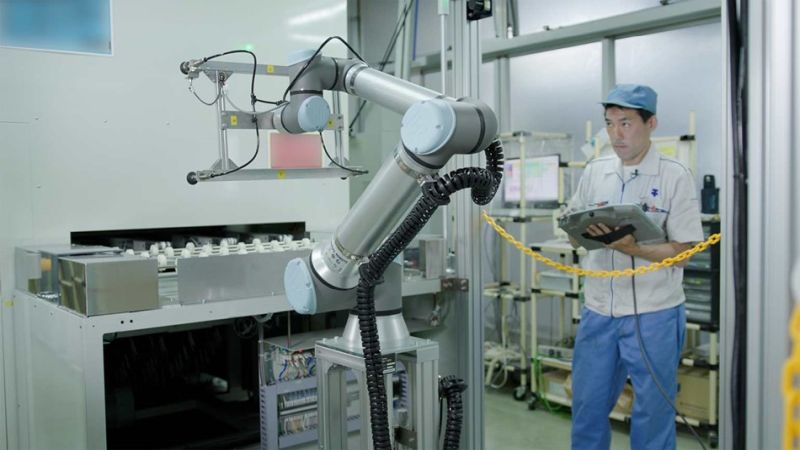
UR Cobots Help Matsunami Glass Achieve a 50% Increase in Production
01THE SHORT STORY
Matsunami Glass Ind., Ltd. manufactures various types of glass for microscopic, medical, and electronics applications. The company found that using conventional industrial robots to alleviate manpower shortages was difficult, due to space restraints and the need for complex programming that had to be outsourced. After encountering Universal Robots and their industrial collaborative robots (cobots), the company succeeded in developing robot applications in-house, feeding large glass plates into machines for cutting as a part of their glass design work. Not only did the 15 cobots help achieve a 50% increase in production volume with no additional staffing, it also enhanced the technical skills of the employees, enabling them to build automation systems without relying on external resources.
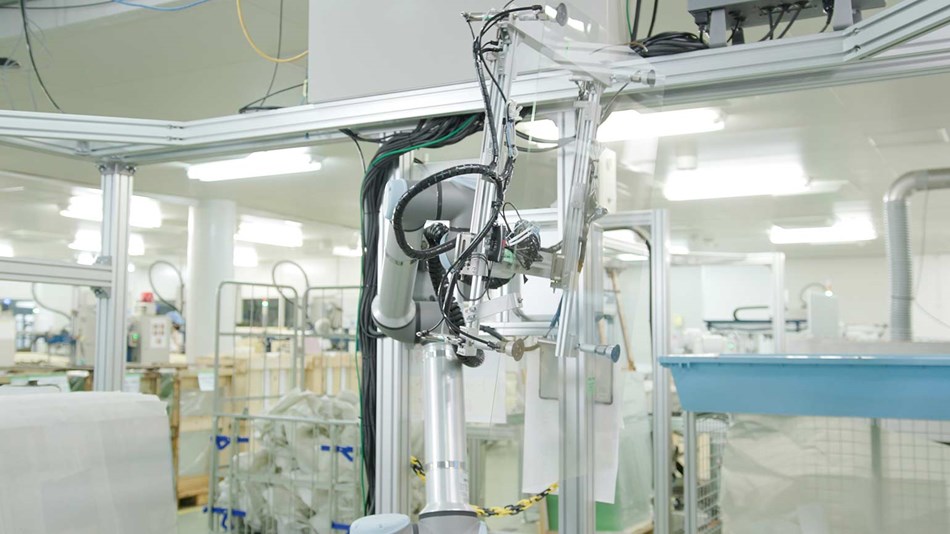
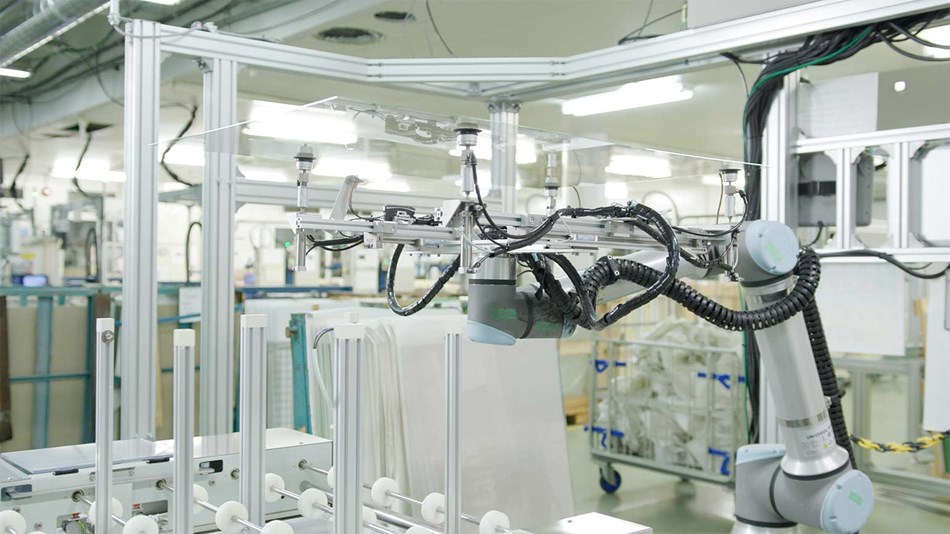
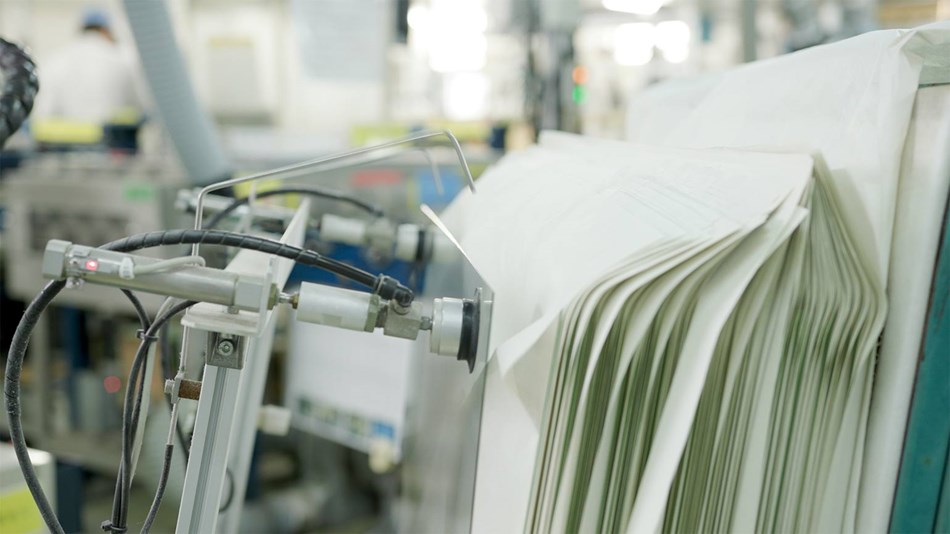
02 THE CHALLENGE
From the perspective of maintaining competitiveness and addressing future labor shortages, Matsunami Glass has long promoted the automation of work processes that are performed by people. Initially, the company automated its processes using conventional industrial robots, but with limited space in the factory, it was necessary , whenever the company needed to use the industrial robot for a new task, it to facilitate the change-over.
03 THE SOLUTION
When introduced to the UR cobot by its distributor, Inaba Denki Sangyo Co., Ltd., Matsunami Glass was attracted by the robot’s ability to work with people without the need for safety fences. That means they don’t need to worry any more for the additional cost and effort to call in a system manufacturer to make any layout changes.
Matsunami Glass first introduced the robot to the glass plate feeding section of the machine. “It was , but the robot was easy to operate and the start-up went smoothly,” says Kazuma Kuji, Deputy Chief Engineer of the Production Engineering Group, explaining how distributor Inaba Denki invited him to their center for robot training, teaching him how to create a program. After the initial training, the distributor also came on site to help with the final deployment. In this process, glass is fed either on the front or back side, depending on the situation. “The UR robot has a ±360° range of motion for each axis, which allowed us to faithfully reproduce the human operation of rotating and flipping large sheets of glass,” explains Kuji.
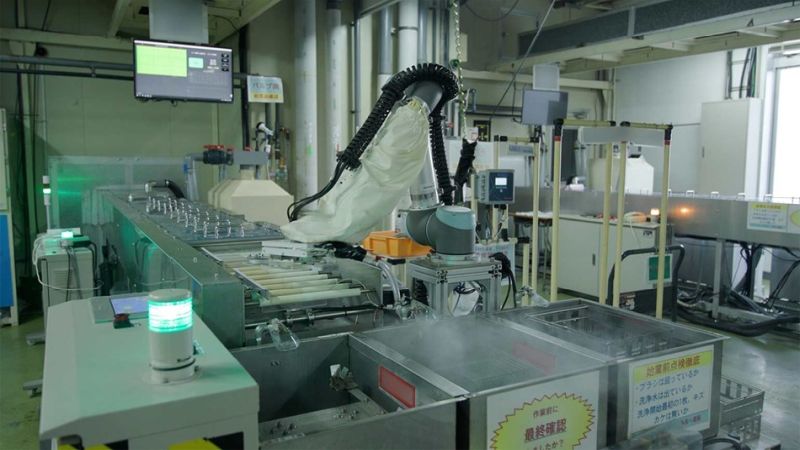

Related Posts
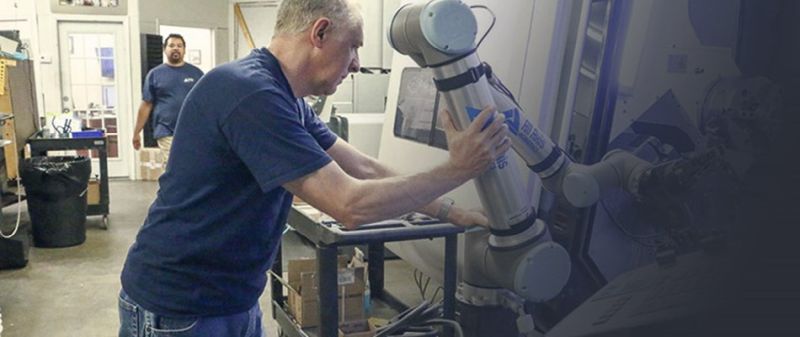
PENTIK OY
Cobots Handle Glazing and Clay Forming tasks at Finnish Ceramic Factory, Improving Ergonomics and Throughput 01 THE SHORT STORY Pentik, the northernmost ceramic factory in the world, located in Posio, Finland, wanted to automate its…
- May 25, 2022
